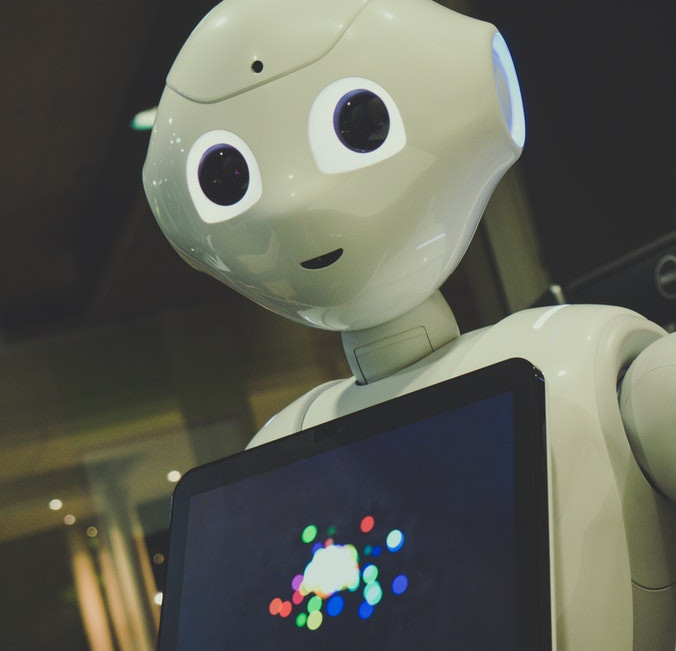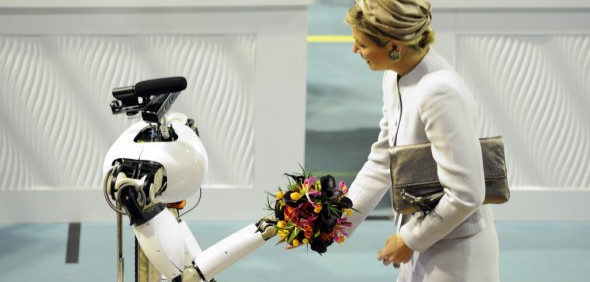Robotics in education
Technological artifacts can be used not only as tools for teaching specific or transversal contents but also as elements which can stimulate new forms of knowledge construction, motivation, and stimulation of social and management competencies, covering essential gaps in education. Robotics, in particular, has been widely accepted by the community in last years. Our group is responsible for leading in the past 15 years the most relevant initiatives in the country for fostering the use of robotics as educational tools, from fundamental levels of education to post-graduate studies. Over 500,0000 students in the country have been affected by the initiatives led by our group.


Service Robots
A Service Robot is as a robot “that performs useful tasks for humans or equipment, excluding industrial automation applications” (ISO 8373). In this way, they complement the use of robots in industries, being applied in automated guided vehicles in manufacturing environments, transportation of goods, cargo handling, inspection and maintenance. They are also used in agriculture, forestry, mining and other field tasks. Service robots can be also of personal use, and they are applied in many areas, such as vacuum and floor cleaning, pool cleaning, lawn mowing, entertainment in the form of hobby robots, telepresence, education and assistance to people with disabilities and the elderly. They need to have a higher degree of autonomy than traditional industrial robots, as they are commonly used in non structured environments, such as homes and offices.
Human-Robot Interaction
Human-Robot Interaction is the field of study that aim to develop intelligent interfaces to enable the collaboration between robots and humans, in the workplace, in the field and at home. Using advanced AI techniques, the goal of HRI is to develop robots that show intelligent behavior, including object detection and classification, human detection, communication by voice and gesture, understanding of social rules and motion and task planning.







